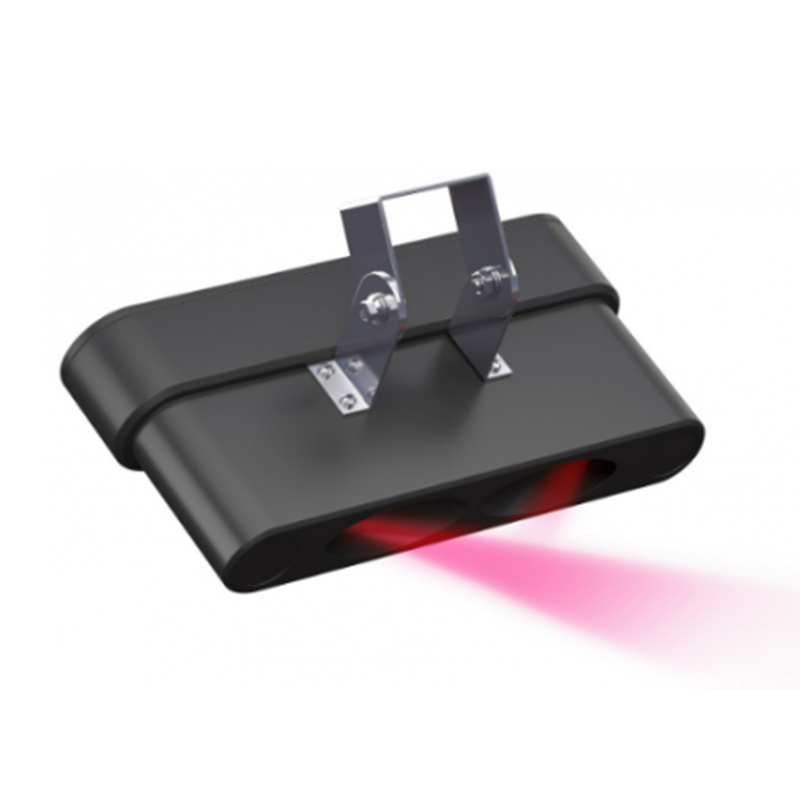Shandong Fengtu IOT Technology Co., Ltd
Sales Manager:Ms. Emily Wang
Cel,Whatsapp,Wechat:+86 15898932201
Email:info@fengtutec.com
Add:No. 155 Optoelectronic Industry Accelerator, Gaoxin District, Weifang, Shandong, China

Sales Manager:Ms. Emily Wang
Cel,Whatsapp,Wechat:+86 15898932201
Email:info@fengtutec.com
Add:No. 155 Optoelectronic Industry Accelerator, Gaoxin District, Weifang, Shandong, China

Model:FT-WJN6
Brand:fengtu
1.Forward Scatter Visibility Sensor product features
Forward Scatter Visibility Sensor calculates the atmospheric visibility value by detecting the forward scattering intensity of light sources in the atmospheric volume.
1.The Forward Scatter Visibility Sensor weighs only 680/880 grams and is designed for monitoring and collection of visibility and other meteorological data in the air flight of unmanned aircraft or small unmanned patrol vehicles;
2.It has a compact appearance and uses the principle of forward scattering to detect atmospheric visibility, which can work normally in an altitude of 4,000 meters and minus 20 degrees;
3.The appearance is flat and the wind resistance is low, and it is hoisted on the belly of the machine.Users can choose ABS and aluminum alloy housing materials as needed, or they can also choose temperature, humidity and air pressure sensors.The power consumption of the instrument is only 0.9 watts, which is very suitable for small drone platforms, and is equipped with aircraft for patrols of low-altitude environmental meteorological elements.
2.Forward Scatter Visibility Sensor size and weight
Visibility dimensions: 174mm*85mm*35mm
Weight (ABS material): 680g
Weight (aluminum alloy material): 880g
3.Main technical parameters of Forward Scatter Visibility Sensor
Detection range: 10-6000 meters (maximum 10000 meters)
Measurement accuracy: ±10%
Light source: IR LED
Data update: 1 second
Digital output: RS485/232, TTL
Optional elements: temperature and humidity, air pressure
Working temperature: -20-50°C
Working humidity: 0-95%
Supply voltage: DC 12V
Power consumption: 0.9W
Micro weather stations have always been a good weather observation tool in the field of meteorology. This kind of weather station generally includes all kinds of sensors, data collectors and data processing units, which can monitor temperature, humidity, air pressure, wind speed, wind direction and...
A meteorological and environmental monitoring system is an integrated system of equipment and software for monitoring and recording changes in atmospheric and environmental parameters. It monitors and records data on meteorological elements, environmental pollutants, etc. in real time for meteorolog...
Water quality monitoring stations need to obtain real - time data of various water quality parameters, such as pH value, dissolved oxygen, chemical oxygen demand (COD), ammonia nitrogen, etc. Water quality sensors are devices specifically designed to measure these parameters. They can convert the ph...
In the environment we live in, air quality is closely related to our health. In recent years, "four gases and two particulates" have gradually become the focus of people's attention, and the related air quality monitoring systems are also playing an increasingly important role. So, wha...